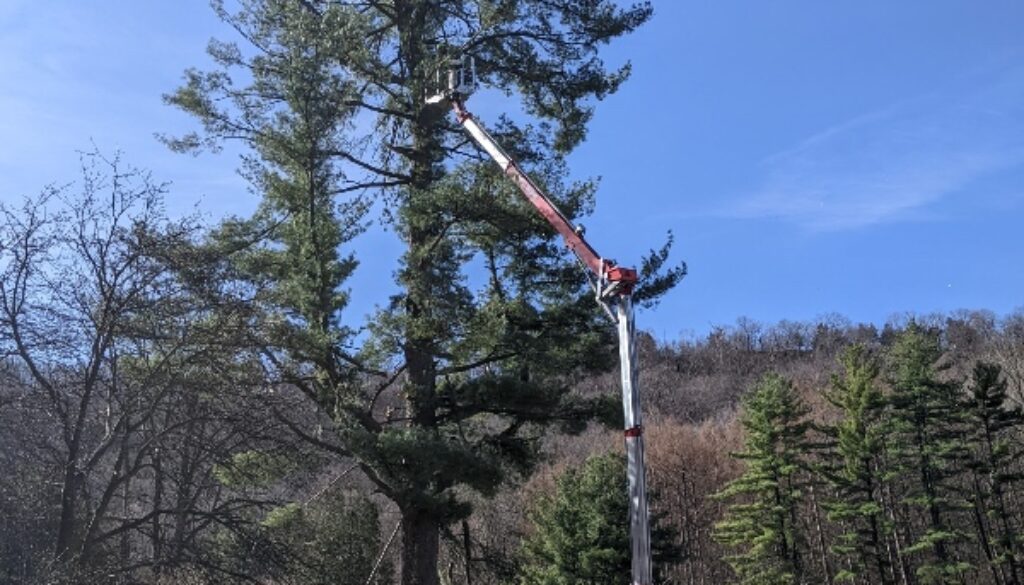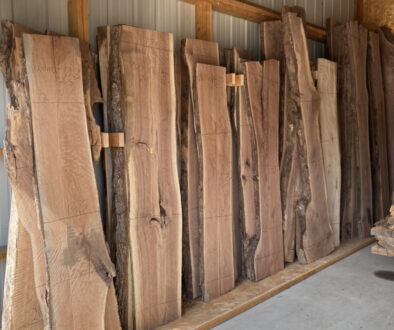Common Tree Care Myths
Common Tree Care Myths
Common tree care myths can be detrimental to tree health and these practices can weaken trees, hinder their growth, and make them more susceptible to disease and pests.
Here’s a more detailed look at some common tree care myths:
Pruning:
- Myth: Topping trees (removing large portions of the crown) makes them safer.
- Reality: Topping weakens trees, creating weak, sprouting growth that is prone to breakage and disease.
- Myth: Trees need to be pruned heavily after transplanting to balance the crown with the damaged roots.
- Reality: Trees should not be pruned during transplantation, as they need their leaves to produce food and energy for root establishment.
- Myth: Trees should be pruned in early spring to avoid “bleeding” (sap loss).
- Reality: While some trees may bleed sap in early spring, it doesn’t harm the tree.
- Myth: Staking newly planted trees is always necessary.
- Reality: Staking is only beneficial for young trees in windy areas or with weak root systems.
Planting and Mulching:
- Myth: Planting a tree deep will help it establish a deep root system.
- Reality: Deep planting can suffocate roots, leading to root rot and tree death.
- Myth: A tree’s root system mirrors its canopy.
- Reality: Tree roots spread much wider than the canopy, often 2-4 times the width, and are primarily shallow, not deep.
- Myth: There’s no such thing as too much mulch.
- Reality: Excessive mulch can suffocate roots and create a favorable environment for pests and diseases.
Other Myths:
- Myth: All insects are harmful to trees.
- Reality: Many insects are beneficial, such as ladybugs, which prey on harmful insects.
- Myth: Tree wound paint is necessary.
- Reality: Wound dressings are no longer recommended and can actually hinder the natural compartmentalization process.
- Myth: Trees need regular fertilizer applications for good growth.
- Reality: Mature trees typically get all the nutrients they need from the soil and surrounding environment, and fertilizer can sometimes be detrimental.
Proper Tree Care:
-
Proper pruning:
Remove dead, damaged, or crossing branches, and thin out the canopy to improve light penetration and airflow.
-
Proper planting:
Ensure the tree is planted at the correct depth, with the root flare visible at the soil surface.
-
Mulching:
Apply a 2-3 inch layer of mulch around the base of the tree, keeping it away from the trunk.
-
Watering:
Water deeply and regularly, especially during establishment and dry periods.
-
Observation:
Regularly inspect trees for signs of disease, insect infestation, or structural problems.
By understanding these myths and practicing proper tree care, you can help ensure the health and longevity of your trees.
Call Johnson Ops Tree Care for for an evaluation of your landscape, one of our Certified Arborist will be happy to answer any question you may have about your trees.




